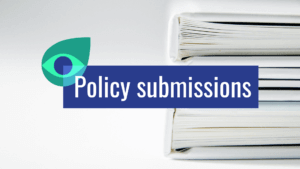This report assesses the robustness and reliability of carbon credit quality evaluations by the carbon credit rating agencies BeZero, Calyx, Renoster and Sylvera. The assessment of how agencies determine their rating is based on evaluating governance, monitoring, transparency and frameworks.
As of today, there is no universally accepted standardised carbon credit quality assessment methodology. This makes it difficult for buyers to compare carbon credits and enable appropriate pricing. The need for oversight and transparency has been recognized and gave reasoning to several initiatives. For instance, the Integrity Council for the Voluntary Carbon Market fills this gap by defining minimum quality criteria and carbon credit attributes.
Key findings and recommendations of the rating agencies assessment:
- The lack of a universally accepted and in-depth definition of carbon credit quality is a fundamental issue for the carbon market, as market actors increasingly treat carbon credits with caution.
- The carbon credit rating agencies assessed aim to address this lack of standardisation by distinguishing between robust carbon credits and those not delivering on their promises. The agencies claim to increase transparency, mitigate reputational risk and enable fair pricing.
- Renoster’s approach differs the most from other agencies in that the company aims to limit its qualitative assessment. Instead, it derives its ratings as much as possible based on an algorithmic analysis. Further, Renoster assesses leakage but excludes it from their overall rating score.
- Approaches to rate carbon credits differ in many ways across the agencies. For example, most agencies use direct tests for their assessments, while Renoster’s tests are mostly implicit.
- Other key differences identified include approaches to limit the overall score of a project based on its additionality score. This is done differently across agencies. Further examples include the assessment of double-issuance and double counting, co-benefits and safeguards, leakage, buffer strength, permanence benchmarks and rating transparency.



